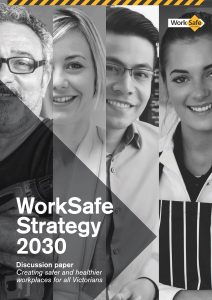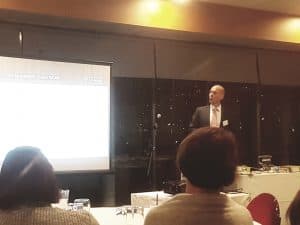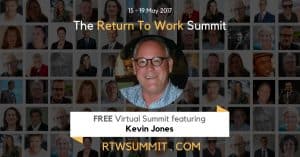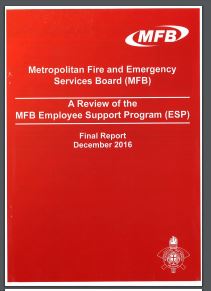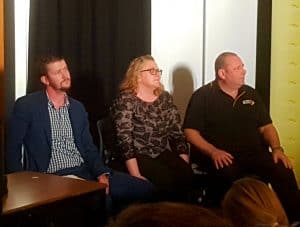 Victoria Australia has had a network of safety groups for well over 40 years with two or three enduring into this century. On 5 July 2017, the Ballarat Regional Occupational Safety and Health Group (BROSH) held an interactive seminar on Return-To-Work (RTW). The discussion was not revolutionary but allowed the audience – a mix of businesses, OHS professionals and students – to speak about their lived experiences with managing injured workers.
Victoria Australia has had a network of safety groups for well over 40 years with two or three enduring into this century. On 5 July 2017, the Ballarat Regional Occupational Safety and Health Group (BROSH) held an interactive seminar on Return-To-Work (RTW). The discussion was not revolutionary but allowed the audience – a mix of businesses, OHS professionals and students – to speak about their lived experiences with managing injured workers.
I brought the WorkSafe 2030 Strategy discussion paper to the audience’s attention and a WorkSafe representative from the seminar’s panel, pictured above, said that there are several weird technical suggestions for workplace inspections and advice emerging from the discussion within the OHS regulator. However the strategy is focussed always on the client and that it is “prevention-led”. OHS is all about the prevention of illness and injury but it appears that WorkSafe is extending this term to RTW.
The representative explained that the regulator is looking at interventions that prevent an injury or illness claim transforming into, or contributing to, another and new injury. They hope that by focussing on the injured worker and providing the right level of advice and support, the will achieve the best RTW outcome for all involved.
One of the questions from the audience was if there is a better RTW and workers’ compensation system that Victoria could move to or learn from. The panel agreed that the Victorian system seems to be leading Australia in terms of its financial health but, more importantly, the level of care and support options provided to injured workers.
The BROSH seminar was well attended and the audience was active, which largely resulted from the innovative and engaging seminar structure.

